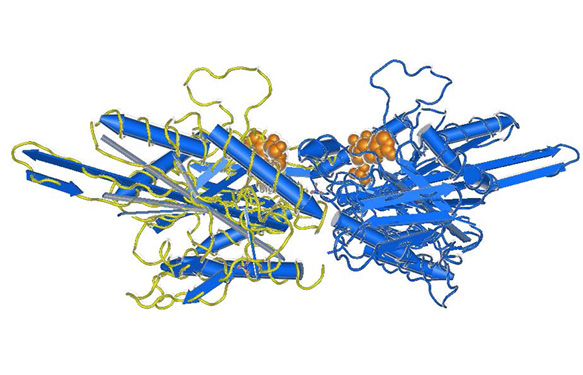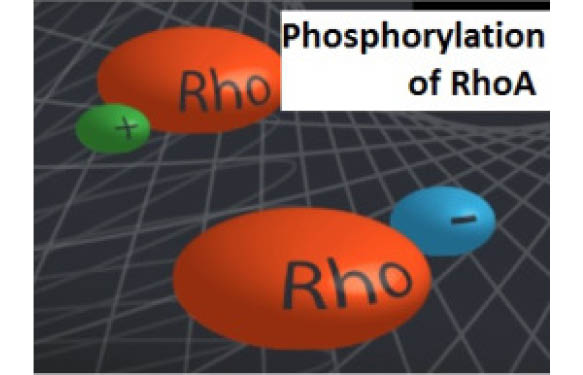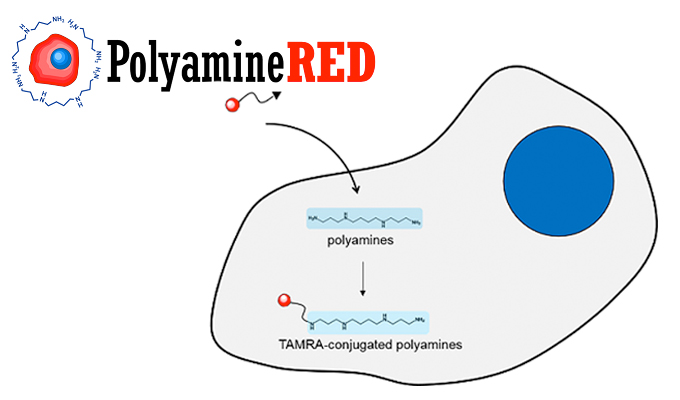If you are using protein immunoblots, we would like to share with you some recent publications in top-tier journals highlighting the applications of Antibody Arrays for secretome studies. These arrays act as a multiplex western blot, detecting up to 274 proteins in one experiment with high specificity.
So rather than using hundreds of antibodies or ELISAs, or stripping and re-probing blots, you can use Antibody Arrays and compare expression levels of many cytokines, growth factors, receptors, and other proteins in a single assay! . And if you are too busy or prefer experts to take care of your valuable samples, do not hesitate to contact tebu-bio’s laboratory, a certified service provider, for performing your array experiments for Biomarker discovery and Protein Multiplex quantification.
. And if you are too busy or prefer experts to take care of your valuable samples, do not hesitate to contact tebu-bio’s laboratory, a certified service provider, for performing your array experiments for Biomarker discovery and Protein Multiplex quantification.
Below you’ll find a selection of publications published in 2015 based on various types of Antibody Arrays:
- Human Cytokine array 6 in Blood – Balakumaran A. et al. “Bone marrow skeletal stem/progenitor cell defects in patients with dyskeratosis congenita and telomere biology disorders. Blood. 2015 Jan 29;125(5):793-802. doi: 10.1182/blood-2014-06-566810.
- Human Cytokine array 5 in Oncogene – Sharif GM. et al. “Cell growth density modulates cancer cell vascular invasion via Hippo pathway activity and CXCR2 signaling.” Oncogene. 2015 Mar 16. doi: 10.1038/onc.2015.44.
- Mouse Cytokine array 1000 in PLoS One – Arshad A et al. (2015) “Simultaneous Irradiation of Fibroblasts and Carcinoma Cells Repress the Secretion of Soluble Factors Able to Stimulate Carcinoma Cell Migration.” PLoS ONE 10(1): e0115447. doi:10.1371/journal. pone.0115447.
- Mouse Inflammation 1 in Laboratory Investigations – Wen J. et al. “Low doses of CMV induce autoimmune-mediated and inflammatory responses in bile duct epithelia of regulatory T cell-depleted neonatal mice. Lab Invest. 2015 Feb;95(2):180-92. doi: 10.1038/labinvest.2014.148.
- Mouse Q4000 in Clinical and Vaccine Immunology – Kurtz S., Elkins K. “Correlates of vaccine-induced protection against TB immune revealed in comparative analyses of lymphocyte populations.” Clinical and Vaccine Immunology, Accepted manuscript posted online 12 August 2015, doi: 10.1128/CVI.00301-15.
- Human G1000 in PLoS One – Gomez DL et al. (2015) “Neurogenin 3 Expressing Cells in the Human Exocrine Pancreas Have the Capacity for Endocrine Cell Fate. PLoS ONE 10(8): e0133862. doi:10.1371/ journal.pone.0133862.
- Human Apoptosis Array in Drug Design and Development – Ahmadipour F. et al. “Koenimbin, a natural dietary compound of Murraya koenigii (L) Spreng: inhibition of MCF7 breast cancer cells and targeting of derived MCF7 breast cancer stem cells (CD44+/CD24-/low): an in vitro study.” Drug Des Devel Ther. 2015 Feb 24;9:1193-208. doi: 10.2147/DDDT.S72127.
Contact us to know more on how we can help you to publish in high-quality journals!



